Home>Garden Essentials>What Do Agave Seeds Look Like
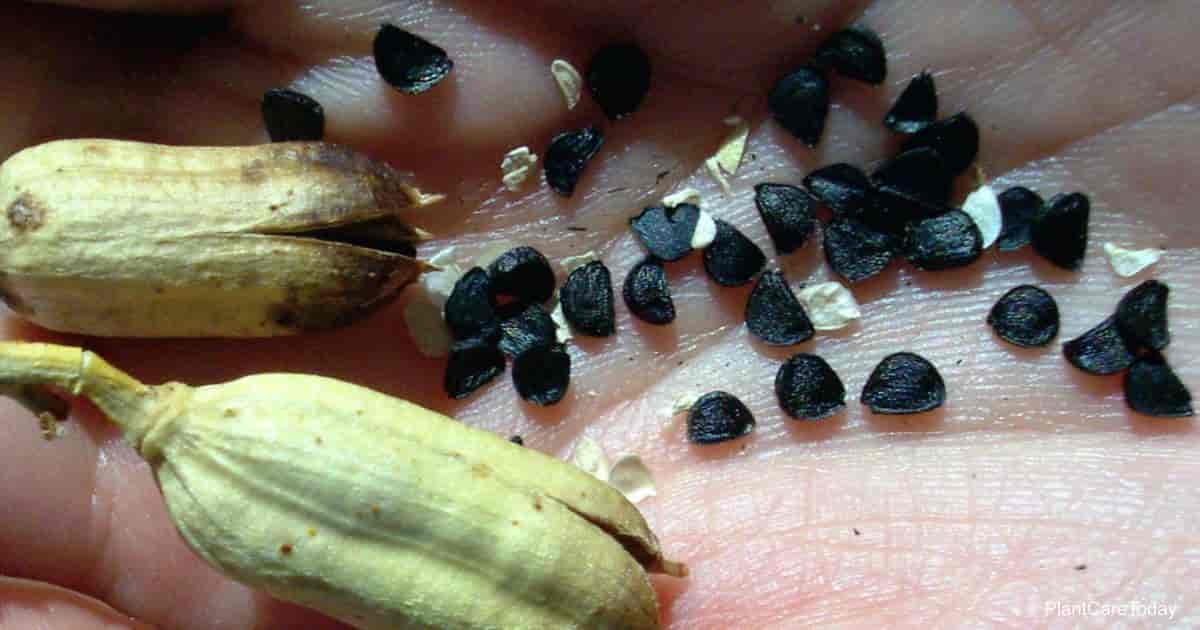

Garden Essentials
What Do Agave Seeds Look Like
Modified: March 15, 2024
Discover what agave seeds look like in your garden and learn how to identify them. Find out more about agave plant propagation and growing tips.
(Many of the links in this article redirect to a specific reviewed product. Your purchase of these products through affiliate links helps to generate commission for Storables.com, at no extra cost. Learn more)
Introduction
Welcome to the fascinating world of agave plants! Whether you are a gardening enthusiast or simply someone with an appreciation for nature, understanding the various aspects of plant reproduction can be both educational and captivating. In this article, we will delve into the realm of agave seeds and explore their appearance, size, color, texture, and germination process.
Agave plants, native to arid regions of Mexico and the southwestern United States, are known for their succulent leaves and striking architectural beauty. These plants are most commonly seen in landscaped gardens, used as ornamental features, and even cultivated for their nectar, which is used to produce the famous tequila.
Reproduction is a vital part of any plant’s life cycle, and agave plants have some unique mechanisms to ensure the continuation of their species. Unlike many other plants that rely on pollination by insects or animals, agaves primarily reproduce through a process called monocarpic flowering. This means that each agave plant typically flowers only once in its lifetime, often after several years or even decades of growth.
Once an agave plant reaches maturity and conditions are favorable, it produces a tall flower stalk that can reach impressive heights. This stalk is adorned with beautiful flowers, attracting pollinators such as bees and hummingbirds. The flowers play a crucial role in the development of agave seeds.
Agave seeds are formed within the flowers after successful pollination occurs. The process begins with the transfer of pollen from the male parts of a flower to the female stigma. This fertilization process triggers the development of seeds within the ovary, which will eventually mature and be ready for dispersal.
Curious to know what agave seeds actually look like? Well, let’s explore their external appearance together in the next section!
Key Takeaways:
- Agave seeds come in various shapes, sizes, and colors, with a smooth surface for easy dispersal. Their adaptability and resilience ensure successful germination and the continuation of the agave species.
- Agave plants have a unique reproductive process called monocarpic flowering, where they bloom only once in their lifetime. Their seeds, with diverse appearances, play a vital role in the cycle of life, showcasing nature’s wonders.
Read more: What Do Alfalfa Seeds Look Like
Agave Plant Overview
Before diving deeper into the world of agave seeds, let’s take a moment to appreciate the remarkable characteristics of the agave plant itself. Belonging to the Agavaceae family, agaves are succulent perennial plants that are well-adapted to thrive in hot and arid environments.
Agave plants are known for their rosette-shaped structure, with thick, fleshy leaves that often have sharp spikes or serrated edges. The leaves store water, allowing the plant to survive long periods of drought. In fact, the ability to store water in their leaves is what makes agaves succulent plants.
One of the most remarkable features of agave plants is their longevity. While the lifespan of individual agave plants can vary depending on the species, some agaves can live up to several decades before they finally bloom and produce seeds. This lengthy lifespan is part of what makes the flowering and seed production of agaves such a unique and highly anticipated event.
The diversity within the agave plant family is truly astounding. There are over 200 species of agaves, each with its own distinctive characteristics and growth habits. From the majestic Agave Americana, also known as the century plant, to the compact and decorative Agave parryi, commonly known as the artichoke agave, there is an agave species for every landscape and gardening preference.
Beyond their visual appeal, agave plants have been utilized by humans for centuries. Indigenous communities have long recognized the remarkable versatility of agaves, using them for food, fiber, and medicine. Additionally, the agave’s mighty flower stalk, known as a quiote, has even been used as a construction material for traditional roofs and fences.
Now that we have gained a better understanding of the agave plant and its diverse characteristics, let’s dive into the fascinating world of agave seed formation and explore what these seeds actually look like!
Reproduction of Agave Plants
Reproduction is a fundamental process in the life cycle of all living organisms, and agave plants have developed fascinating strategies to ensure the successful propagation of their species. Unlike many other flowering plants that rely on frequent pollination and seed production, agave plants have a unique reproductive behavior known as monocarpic flowering.
Monocarpic flowering means that an agave plant usually flowers only once in its lifetime. This flowering event typically occurs after several years, or even decades, of vegetative growth. During this period, the agave plant stores energy in its leaves, forming a robust underground root system called a caudex. This energy reserve allows the plant to produce a spectacular flower stalk when conditions are optimal.
When an agave plant is ready to flower, it directs its energy towards the growth of a tall and imposing flower stalk. This stalk can reach impressive heights, sometimes towering over the surrounding landscape. The flower stalk is adorned with clusters of vibrant, bell-shaped flowers that serve as an enticement to pollinators such as bees and hummingbirds.
The flowering period of an agave plant is a truly magnificent sight to behold. It is during this time that the plant’s reproductive success is determined. Agave flowers are known for their sweet fragrance, attracting pollinators from afar. Bees and hummingbirds play a crucial role in the pollination process, transferring pollen from the male floral structure, known as the stamens, to the female stigma.
Once pollinated, the agave flower begins to wither, and seed development takes place within the flower’s mature ovary. The ovary transforms into a fruit-like structure, containing the developing seeds. As the ovary ripens, it transforms into a hard, woody structure, protecting the seeds within.
After the agave seeds have fully matured, the plant is ready for dispersal. This is often facilitated by natural means, such as wind, animal interaction, or even the decay of the flower stalk itself. The agave seeds are released into the environment, allowing the cycle of life to continue.
Now that we have explored the reproductive behavior of agave plants, let’s uncover the fascinating details of how agave seeds are formed and what they actually look like!
How Agave Seeds are Formed
The process of seed formation in agave plants begins with successful pollination. After the transfer of pollen from the male stamens to the female stigma, fertilization occurs, initiating the development of seeds within the ovary of the flower.
Once pollination has taken place, the agave flower starts to wither, signaling the beginning of seed formation. The ovary, which is the part of the flower that contains the developing seeds, undergoes dramatic changes. It gradually transforms into a hardened, protective structure that resembles a small fruit.
Within the ovaries of the agave flower, tiny ovules, which are the female reproductive structures, begin to develop. Each ovule has the potential to become a seed. The ovule consists of an embryo sac surrounded by protective layers, including the integuments.
As the ovules mature, the cells within the embryo sac divide and differentiate, forming the embryo of the seed. The embryo contains the genetic material necessary for the development of a new agave plant. It is encased within the endosperm, a nutrient-rich tissue that provides nourishment for the developing embryo.
The integuments, which surround the ovules, also undergo changes during seed formation. They harden and become the outer layer of the seed, protecting the delicate embryo and endosperm inside. This hardened outer layer is often referred to as the seed coat.
Throughout the process of seed formation, the ovary continues to develop and mature, providing nutrients and support for the growing seeds. Once the seeds have reached full maturity, the ovary wall hardens further, creating a durable enclosure for the seeds.
It is important to note that not all flowers produced by an agave plant will result in seed formation. Agave plants often produce an abundance of flowers, but only a small percentage of them will successfully develop into mature seeds. Factors such as pollination success, environmental conditions, and genetic factors can influence seed production.
With the seeds now fully formed within the mature ovary, they are ready for dispersal into the surrounding environment. The release and dispersal of agave seeds are often facilitated by external factors, such as wind, animals, or the decaying flower stalk. Each seed holds the potential to give rise to a new agave plant, continuing the life cycle and ensuring the survival of the species.
Now that we have explored how agave seeds are formed within the flower’s ovary, let’s take a closer look at their external appearance and discover what they actually look like!
External Appearance of Agave Seeds
Agave seeds, like seeds of many other plants, come in a variety of shapes, sizes, colors, and textures. Examining the external appearance of agave seeds can provide insight into their unique adaptations for dispersal and ensure successful germination in diverse environments.
Size and shape: Agave seeds are generally small in size, typically ranging from 1 to 5 millimeters in diameter. However, the exact size can vary depending on the species of agave. They are often described as oval, round, or teardrop-shaped, with a slightly flattened or angular appearance. The shape of the seed allows for efficient dispersal and reduces the chance of them rolling together in the soil.
Color: Agave seeds exhibit a range of colors, from light brown and tan to dark brown or black. The specific color of agave seeds can vary based on the species and the maturity of the seeds. These colors blend well with the natural environment, aiding in camouflage and protection from predators.
Texture and surface: The outer surface of agave seeds is generally smooth and may have a slight shine. The smooth texture facilitates easy movement through the soil during germination and prevents them from getting stuck or damaged in the process. Additionally
Coating: Some agave seeds have a thin, papery coating surrounding the seed. This coating can vary in color and thickness. It serves as a protective layer, shielding the seed from external elements, such as excessive moisture or predators, while also promoting water absorption during germination.
Seed structure: When examining an agave seed, you may notice a small, dry scar or indentation on the seed’s surface. This area, known as the hilum, is the point where the seed was attached to the parent plant. It serves as the point of connection for nutrient absorption during germination.
Agave seeds demonstrate remarkable adaptations that allow them to disperse effectively and ensure the survival of the species. Their small size, diverse shapes, and protective coatings aid in wind dispersal, animal dispersal through consumption and excretion, and establishment in different environments.
Understanding the external appearance of agave seeds provides valuable insights into their resilience and ability to navigate a range of environmental conditions. Now that we have explored the external features of agave seeds, let’s dive into their size and shape in more detail.
Agave seeds are small, round, and black in color. They are about the size of a peppercorn and have a hard outer shell.
Read more: What Do Garlic Seeds Look Like
Size and Shape of Agave Seeds
Agave seeds come in various sizes and shapes, which are influenced by the particular species of agave and other factors such as genetics and environmental conditions. Exploring the size and shape of agave seeds can provide valuable insights into their adaptability and their mechanisms for efficient dispersal.
Size: Agave seeds are typically small and range in size from 1 to 5 millimeters in diameter. However, it is important to note that the precise size of agave seeds can vary greatly depending on the species. Some agave seeds may be as tiny as a pinhead, while others may be slightly larger, resembling a small bead. The smaller size of agave seeds allows for easy transport through wind or animal dispersal methods.
Shape: Agave seeds exhibit a variety of shapes, depending on the specific species. They can be classified as oval, round, or teardrop-shaped, with slight variations within each category. Some agave seeds may have a more flattened appearance, while others may be slightly angular or irregular in shape. This diversity in seed shape serves several purposes.
The shape of agave seeds is intricately linked to their dispersal mechanism. Seeds with rounded or teardrop shapes are optimized for wind dispersal. These shapes allow the seeds to catch air currents, aiding in their movement away from the parent plant. The smooth surface of the seed, combined with a streamlined shape, reduces air resistance and enables efficient dispersal over long distances.
On the other hand, seeds with flattened or angular shapes are better suited for dispersal through attachment to animals or human transportation. The flattened shape allows for easy adherence to fur, feathers, or clothing, ensuring that the seeds can hitch a ride and be carried to new locations for germination.
The size and shape of agave seeds also play a role in their successful germination. Small-sized seeds are generally characterized by a higher surface-to-volume ratio, which results in faster water absorption during the germination process. Additionally, the unique shape of agave seeds allows them to settle and position themselves effectively in the soil, optimizing their chances of successful germination.
By understanding the size and shape of agave seeds, we gain insights into their adaptive qualities and their evolutionary strategies for dispersal and survival. Now that we are familiar with the size and shape of agave seeds, let’s explore the intriguing colors that adorn these tiny marvels!
Color of Agave Seeds
The color of agave seeds can vary depending on the species, maturity of the seed, and environmental factors. In general, agave seeds exhibit a range of colors, from light brown and tan to dark brown or black. Understanding the various colors of agave seeds provides insight into their adaptation to different environments, dispersal methods, and protection from external elements.
Light brown and tan: Many agave seeds display shades of light brown or tan. These colors are often associated with seeds that are maturing or have recently matured. The light hues blend with the dry, sandy soils found in their native arid habitats, providing camouflage and protection for the seeds. This coloring allows the seeds to avoid detection by predators and maximizes their chances of survival until germination occurs.
Dark brown and black: As agave seeds mature and approach their dispersal stage, their color can deepen into shades of dark brown or black. This darker coloration is thought to serve several purposes. One of the main functions is heat absorption. The dark colors allow the seeds to absorb solar radiation, which effectively heats the seed and may enhance germination rates in cooler climates or during the early stages of spring.
The dark coloration of agave seeds can also aid in camouflage, particularly when they are dispersed on dark or shaded surfaces. This provides an added layer of protection against potential predators who might be visually seeking out seed-bearing structures for consumption.
It’s worth noting that some agave seeds exhibit a mottled or speckled appearance, with a combination of light and dark patches. This speckled pattern can provide additional camouflage and mimicry, resembling the texture and coloration of their natural habitat. By blending in with their surroundings, agave seeds increase their chances of going unnoticed and avoid being consumed by animals or damaged by environmental factors.
Agave seeds’ ability to adapt their coloration is an evolutionary strategy that enhances their survival and helps ensure successful germination. By matching the colors of their surroundings and maximizing heat absorption, agave seeds increase their chances of dispersal and create optimal conditions for growth in diverse environments.
Now that we understand the intriguing colors of agave seeds, let’s explore their texture and surface characteristics to gain a deeper appreciation for these tiny yet resilient structures.
Texture and Surface of Agave Seeds
The texture and surface of agave seeds play important roles in their dispersal, protection, and germination. While the exact texture can vary depending on the species and environmental factors, agave seeds generally have smooth surfaces that are designed to ensure successful movement through the soil, enhance their ability to attach to surfaces, and provide protection during the germination process.
Smooth surface: Agave seeds typically have a smooth outer surface. This smooth texture allows for easy movement through the soil during germination. It helps reduce friction and prevents the seeds from getting stuck or damaged as they navigate their way underground. The smoothness of the seed also aids in their ability to slip and settle into the soil, ensuring optimal positioning for germination.
Attachment capability: Despite their smooth surface, some agave seeds possess structures or adaptations that enable attachment to surfaces. These adaptations facilitate dispersal through mechanisms such as adherence to animals or human transportation. For example, certain species of agave seeds may have small hooks, barbs, or fibers that can snag onto the fur, feathers, or clothing of passing animals, allowing the seeds to be transported to new locations.
Protective coatings: In addition to their smooth surface, some agave seeds may have an outer coating or layer that serves as protection during dispersal and germination. This coating can vary in thickness and texture. It helps shield the seed from potential damage or desiccation, especially during periods of extended drought or exposure to harsh conditions. This protective layer also aids in water absorption during germination, enhancing the chances of successful seedling establishment.
While the surface of agave seeds is generally smooth, it’s important to note that individual seeds may exhibit slight variations. Some seeds may have fine imperfections or tiny indentations that contribute to their unique characteristics. However, these variations still maintain the overall smoothness of the seed’s surface, ensuring efficient movement and protection.
The smooth texture and adaptable surface of agave seeds enable them to navigate diverse environments and facilitate successful dispersal and germination. Whether it’s the ability to move through the soil or attach to animal fur, these specialized features contribute to the resilience and survival of agave plants.
Now that we have explored the texture and surface characteristics of agave seeds, let’s delve into the next stage of their life cycle: germination.
Germination of Agave Seeds
Germination is a critical stage in the life cycle of agave seeds, as it marks the beginning of a new plant’s growth and development. The process of germination relies on a combination of favorable environmental conditions, moisture, and the activation of the seed’s internal mechanisms. Understanding the germination process of agave seeds sheds light on their resilience and ability to establish themselves in various environments.
Moisture absorption: One of the key triggers for agave seed germination is moisture. When an agave seed encounters sufficient moisture in the soil, it begins to absorb water through its seed coat. This absorption softens the seed coat, allowing it to crack or split open, thus initiating the process of germination.
Radicle emergence: Upon absorbing water, the germinating agave seed sends out a tiny embryonic root called the radicle. The radicle emerges from the seed, seeking moisture in the surrounding soil. This initial root serves as the foundation for the developing seedling, anchoring it in the ground and absorbing water and nutrients for growth.
Leaf development: As the radicle continues to elongate and establish itself, the germinating agave seed begins to produce the earliest leaves of the emerging seedling. These initial leaves, known as cotyledons, have a crucial role in providing energy and nourishment to support the seedling’s early growth. They are typically thick and fleshy, resembling the mature leaves of the parent agave plant, and can survive even in challenging conditions.
Root system establishment: Alongside leaf development, the germinating agave seed also starts developing a more intricate root system. The primary root, or taproot, grows deeper into the soil, while smaller lateral roots branch out. This root system helps the seedling absorb water and nutrients from the surrounding soil, enabling it to thrive in its new environment.
Favorable environmental conditions: Successful germination of agave seeds is heavily influenced by favorable environmental conditions. Factors such as temperature, sunlight exposure, and soil moisture levels can significantly impact the germination process. Agave seeds typically require warm temperatures for optimal germination, as they are adapted to arid and semi-arid regions. Adequate sunlight is also crucial for energy production through photosynthesis, enabling the seedling to become self-sustaining.
Germination timing: It is important to note that the germination process of agave seeds can vary in duration. Some seeds may sprout within a few weeks, while others may take several months or even years to germinate, depending on the species and environmental circumstances. This variability ensures that agave plants can establish themselves in optimal conditions, with some seeds awaiting more favorable conditions before germinating.
As the germinating agave seedling continues to grow, it will eventually develop into a mature agave plant. This growth process can take several years, depending on the species. The new plant will follow the life cycle of its parent, growing and eventually flowering before producing its own seeds.
Understanding the germination process of agave seeds highlights their adaptability and resilience. It also emphasizes the importance of providing suitable environmental conditions for germination to ensure the successful establishment of agave seedlings and the continuity of their species.
Now that we have explored the germination process of agave seeds, let’s reflect on the fascinating journey of these seeds and the significance they hold in the life cycle of the agave plant.
Read more: What Do Salvia Seeds Look Like
Conclusion
The world of agave plants is filled with captivating wonders, from their majestic appearance to their fascinating reproductive strategies. Understanding the process of agave seed formation, exploring the external appearance of agave seeds, and delving into their germination process provides valuable insights into the resilience and adaptability of these remarkable plants.
Agave plants have evolved unique mechanisms for reproduction, primarily through monocarpic flowering. These plants often bloom only once in their lifetime, producing a magnificent flower stalk adorned with vibrant flowers. After successful pollination, the ovary transforms into a protective structure that houses the developing agave seeds.
The external appearance of agave seeds is diverse, with variations in size, shape, color, and texture. Agave seeds exhibit sizes ranging from 1 to 5 millimeters in diameter, with shapes that are oval, round, or teardrop-like. The colors can range from light brown and tan to dark brown or black, mirroring their natural environment and aiding in camouflage.
The smooth surface of agave seeds allows for easy movement through the soil during germination, while some seeds possess adaptations for attachment to animals or human transportation. Additionally, protective coatings safeguard the seeds during dispersal and promote successful water absorption during germination.
The germination of agave seeds marks the beginning of a new plant’s growth. Moisture absorption triggers the emergence of the radicle, which is followed by leaf development and the establishment of a root system. Favorable environmental conditions, including temperature, sunlight, and soil moisture, play crucial roles in the germination process.
As agave seedlings grow and mature, they become self-sustaining agave plants, continuing the cycle of life. The journey of agave seeds, from formation to germination, showcases their adaptability and resilience in diverse environments and ensures the successful continuation of the agave species.
In conclusion, exploring the world of agave seeds opens a window into the intricate processes and remarkable adaptations of these plants. From their unique reproductive behaviors to the distinct characteristics of their seeds, agave plants ignite awe and appreciation for the wonders of nature. So, the next time you encounter an agave plant or its seeds, take a moment to marvel at the intricate beauty and resilience that lies within.
Frequently Asked Questions about What Do Agave Seeds Look Like
Was this page helpful?
At Storables.com, we guarantee accurate and reliable information. Our content, validated by Expert Board Contributors, is crafted following stringent Editorial Policies. We're committed to providing you with well-researched, expert-backed insights for all your informational needs.
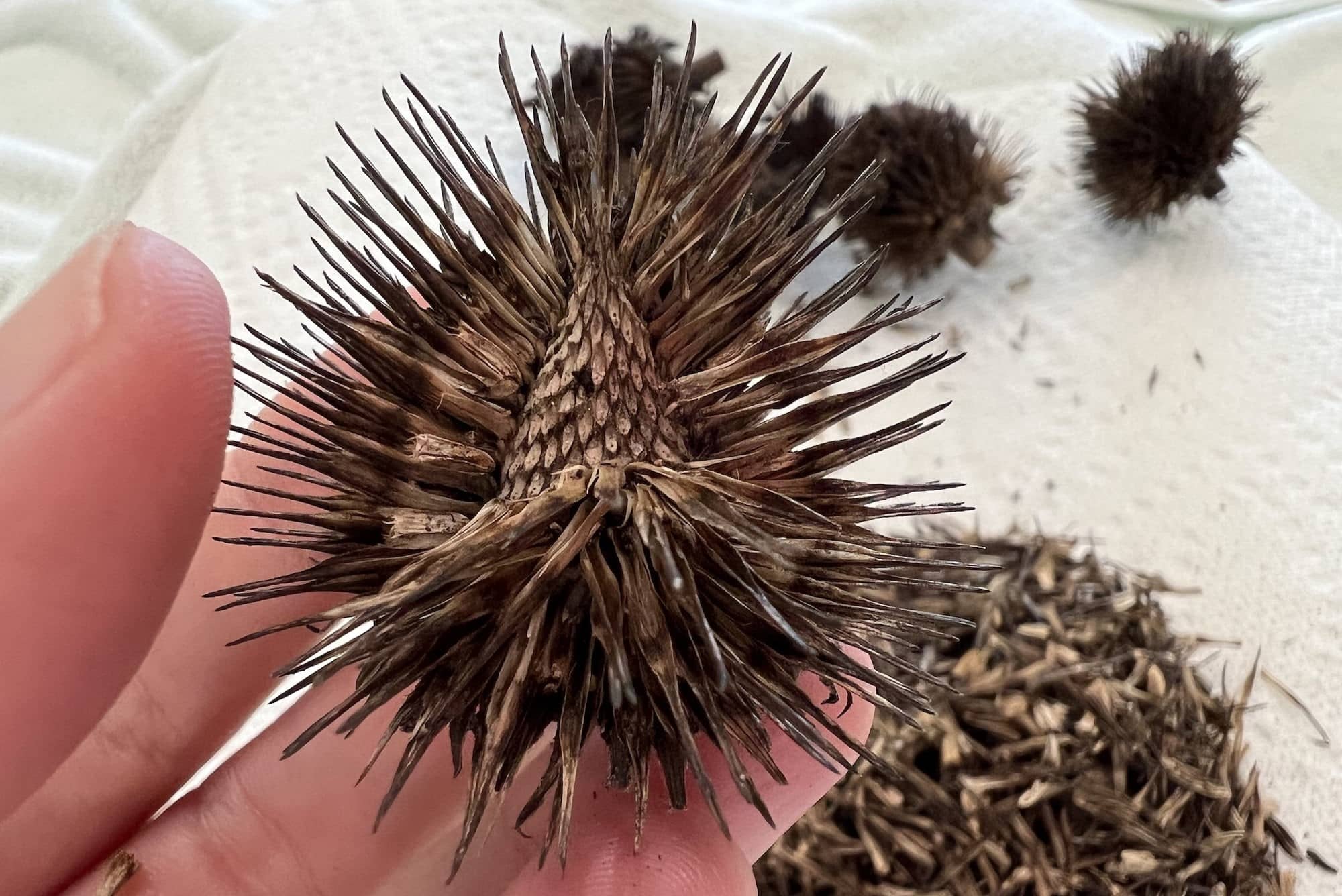
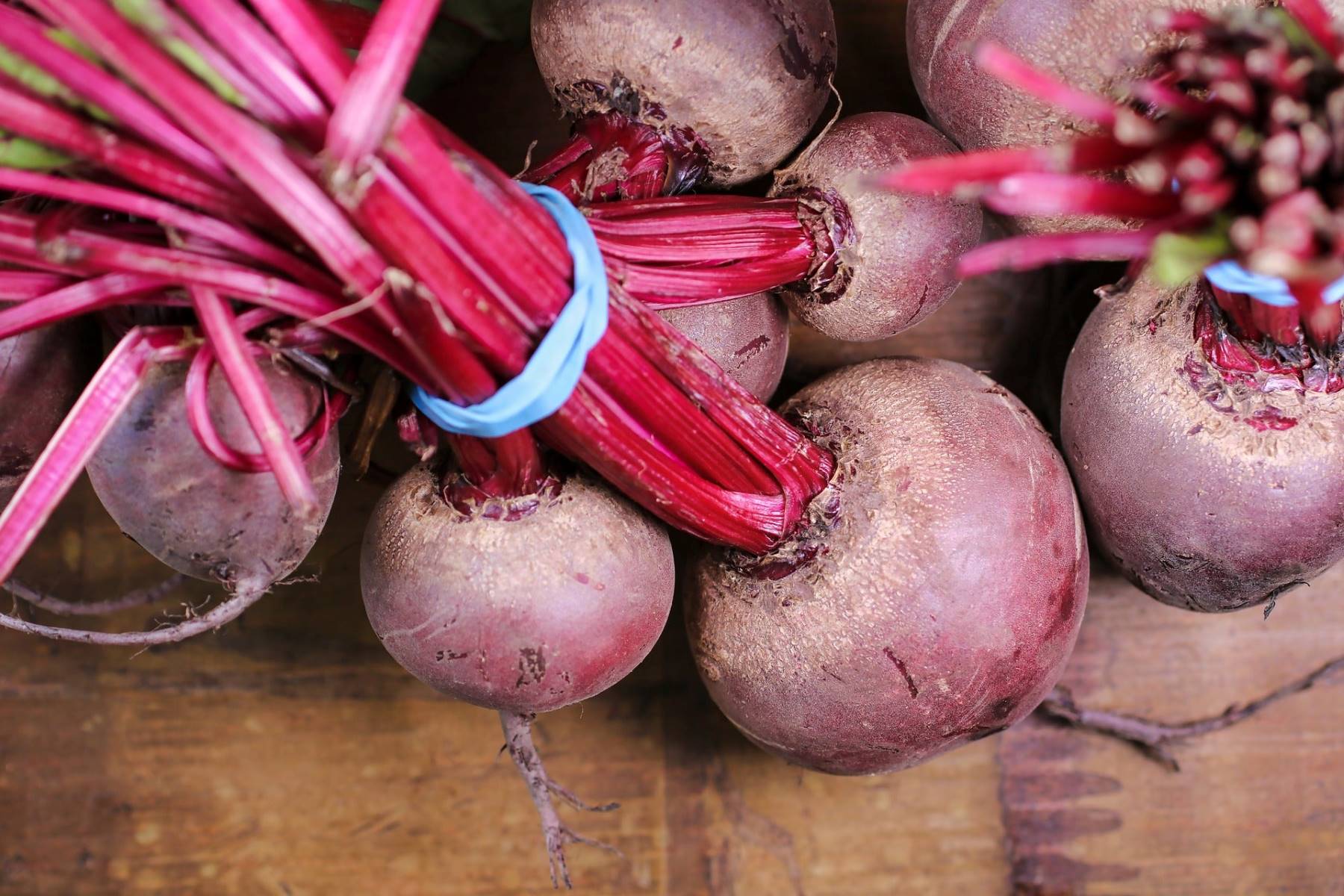
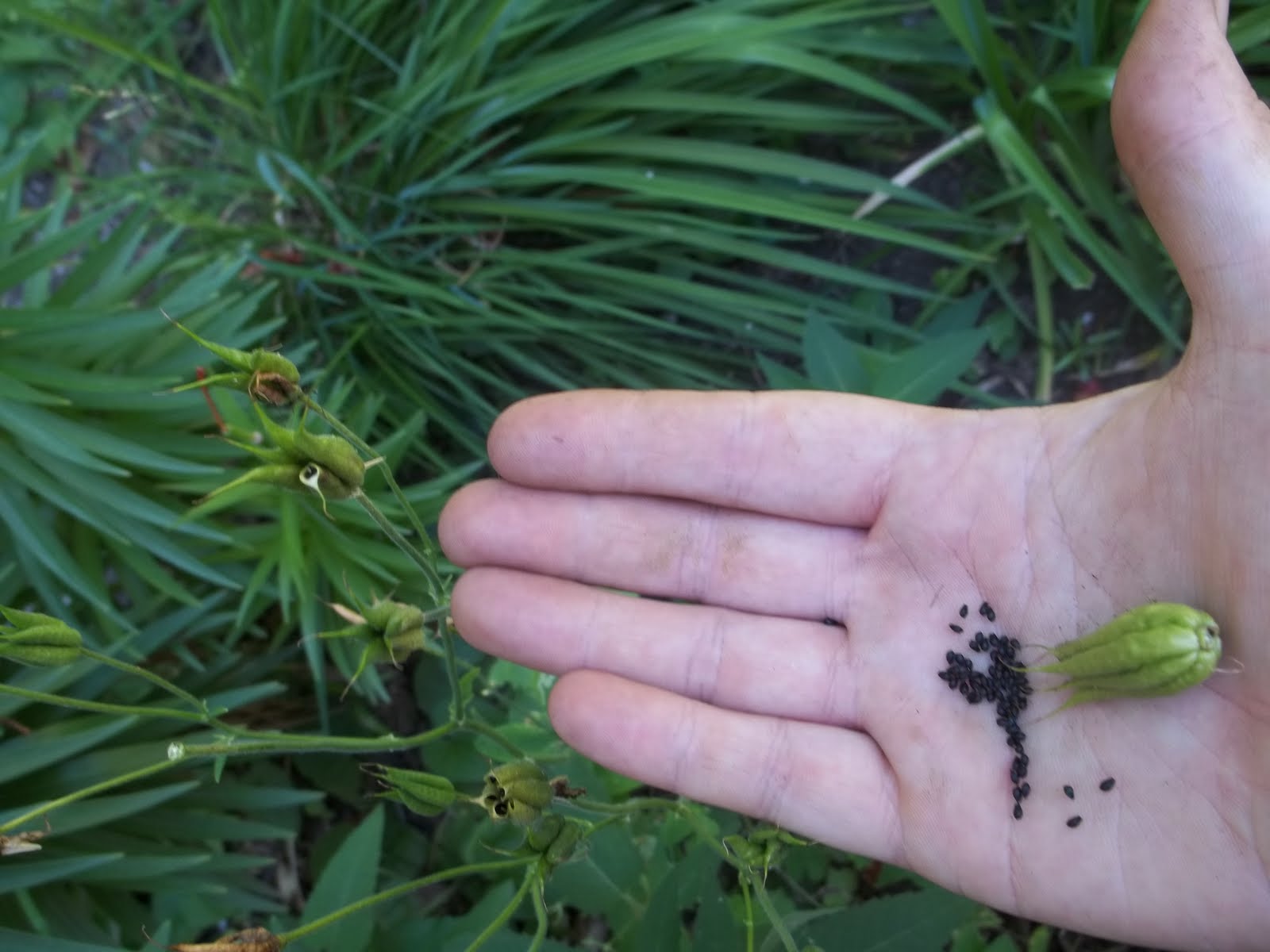
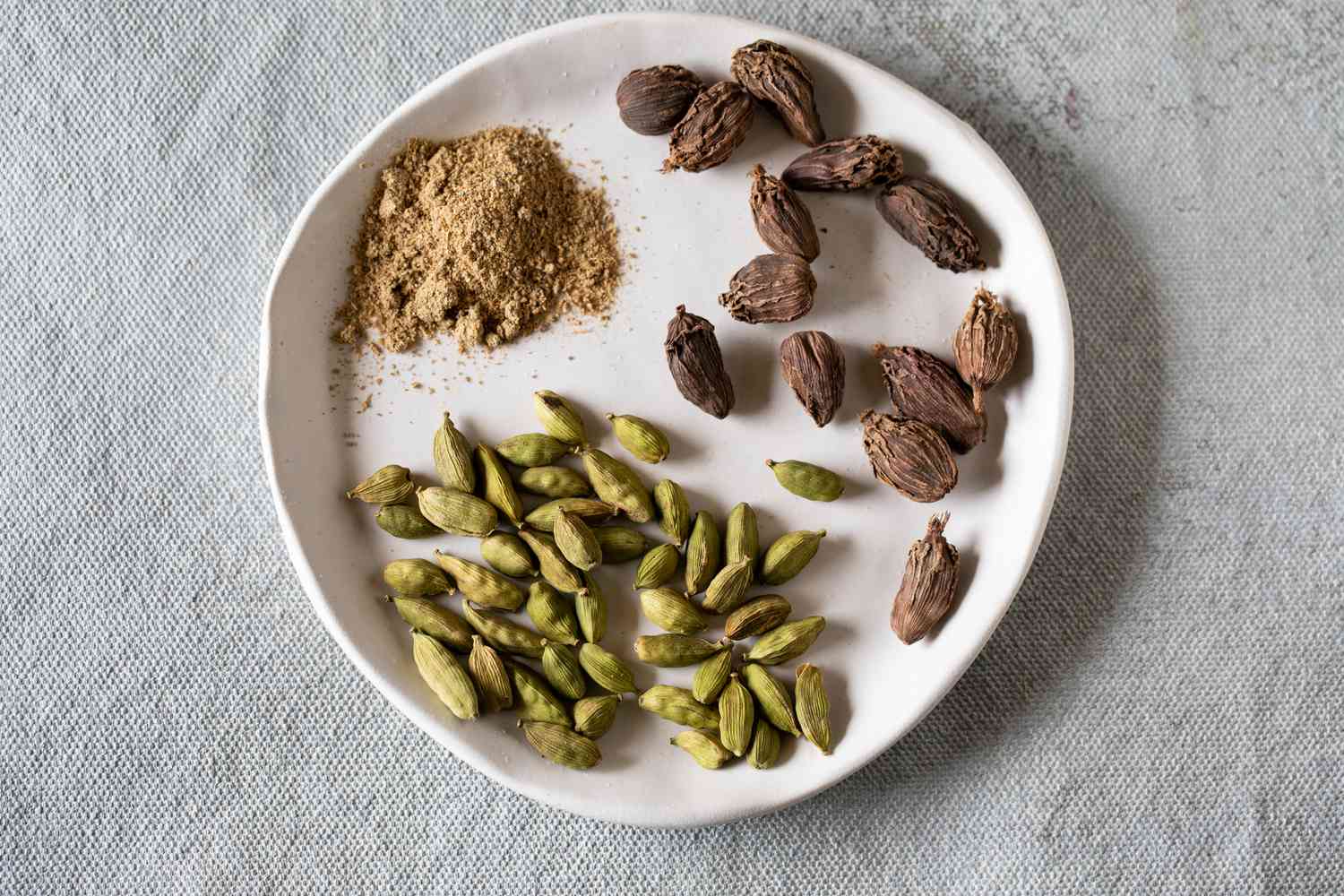
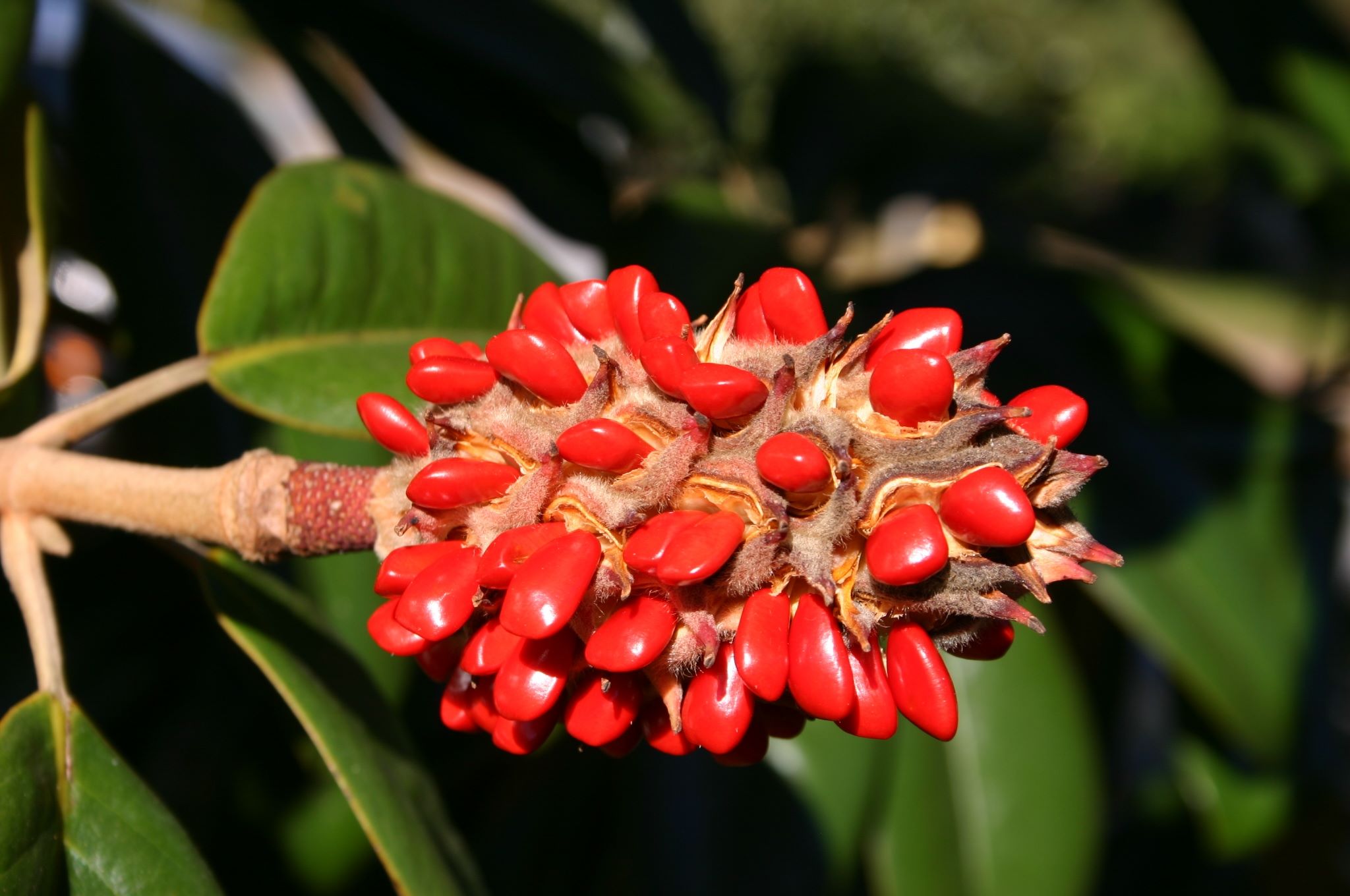
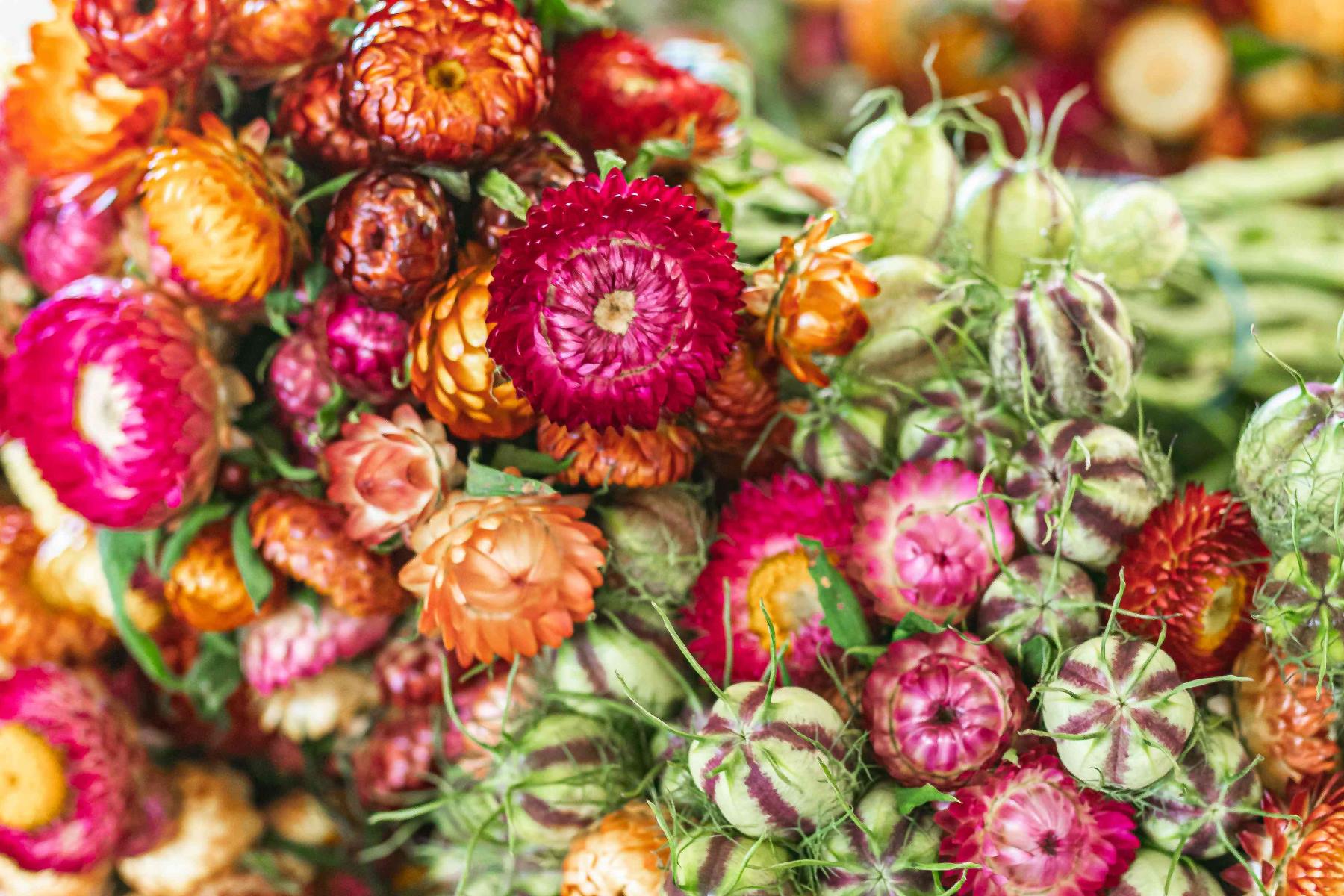
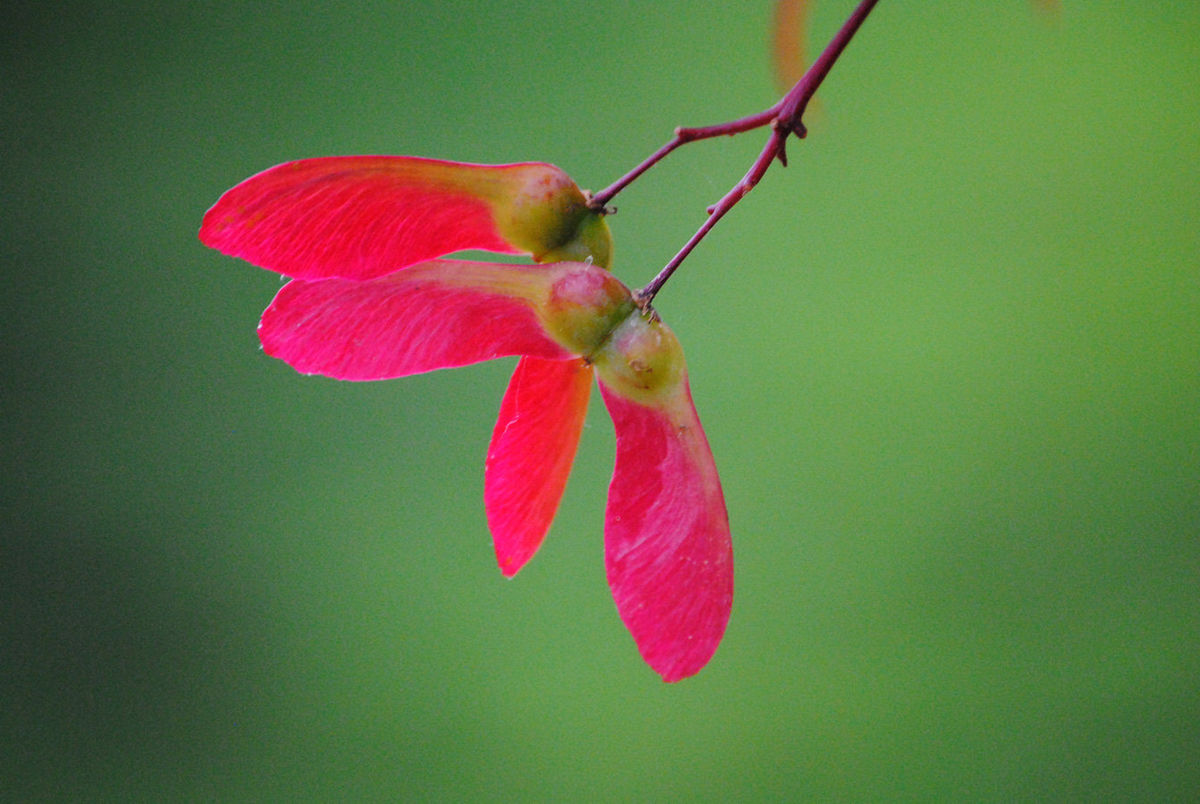
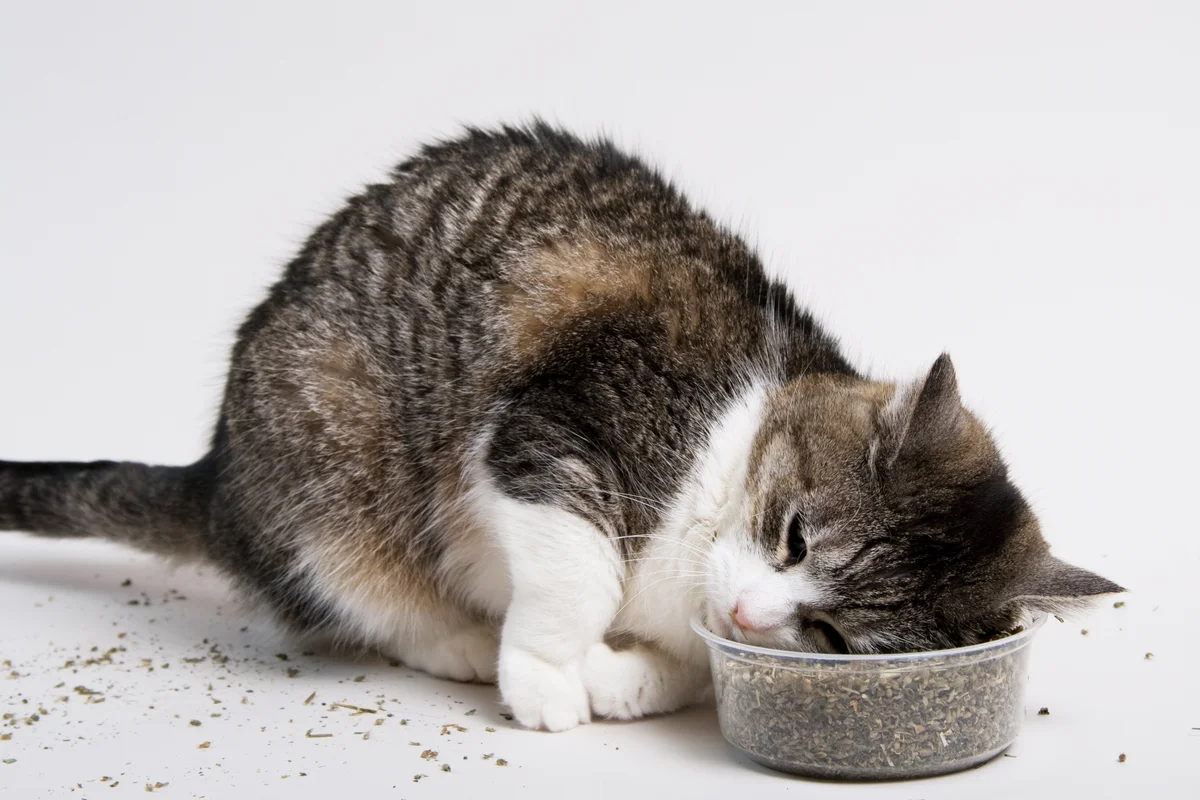
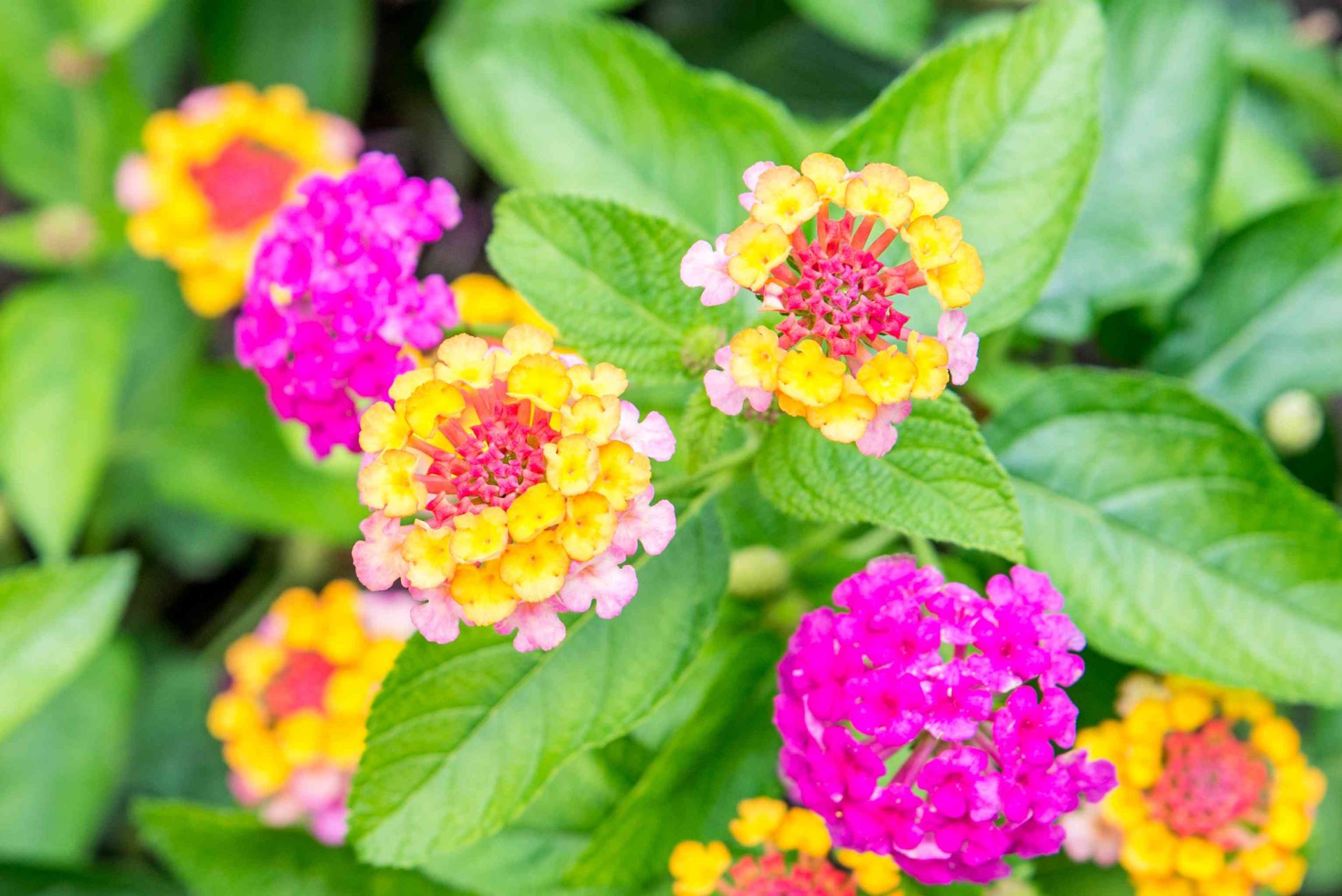
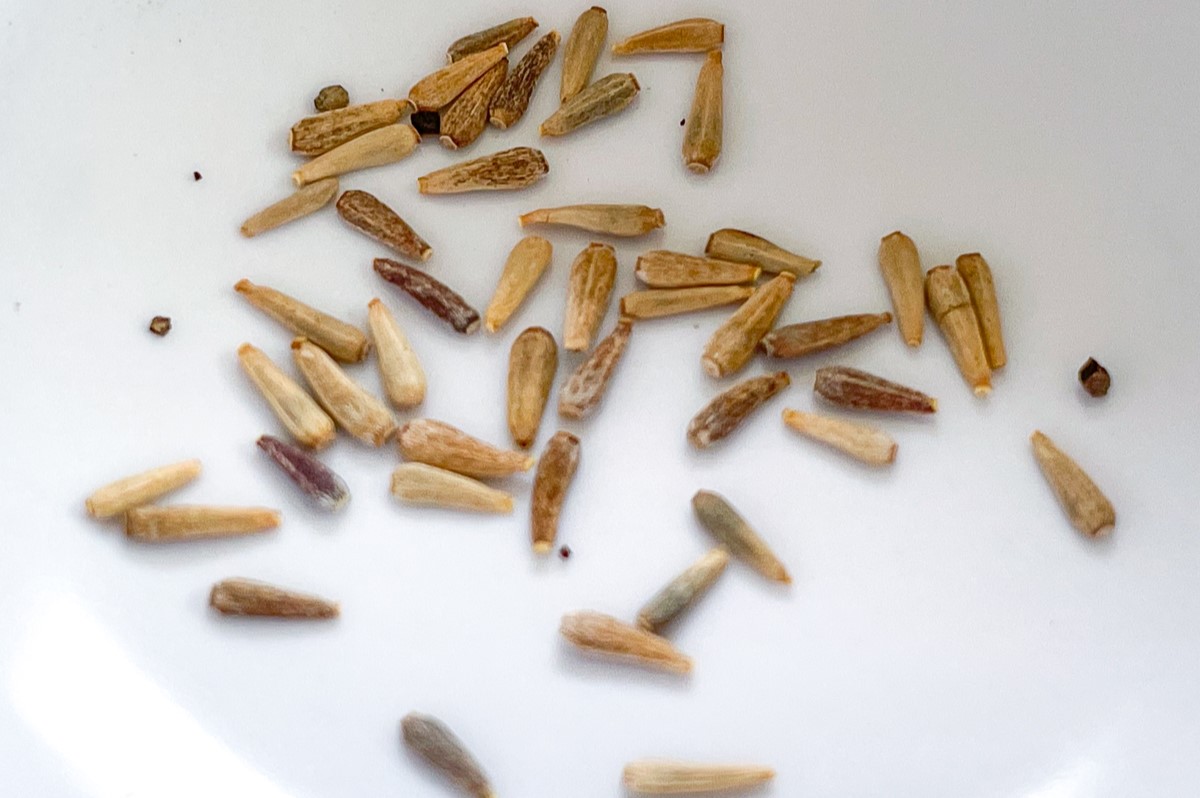
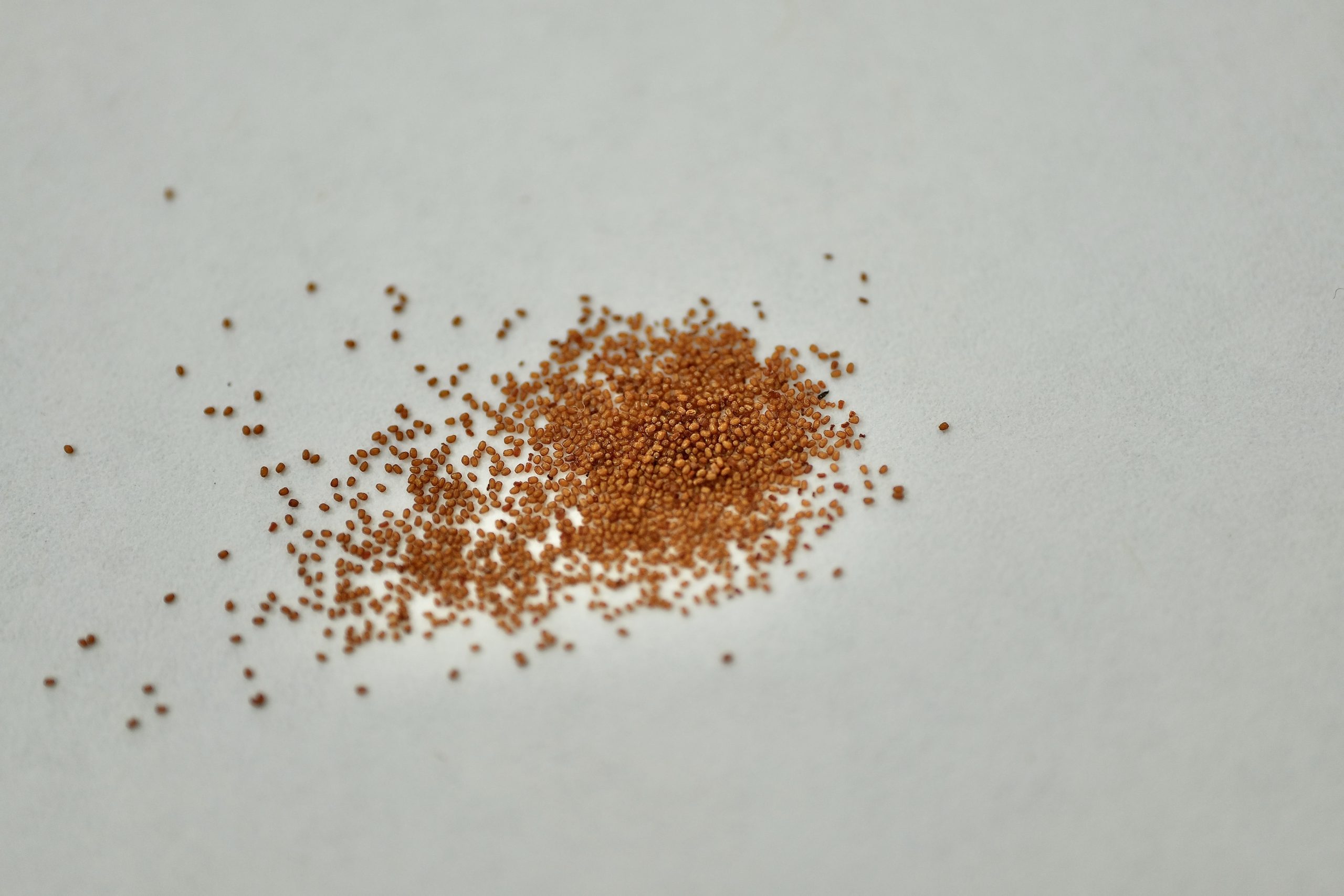
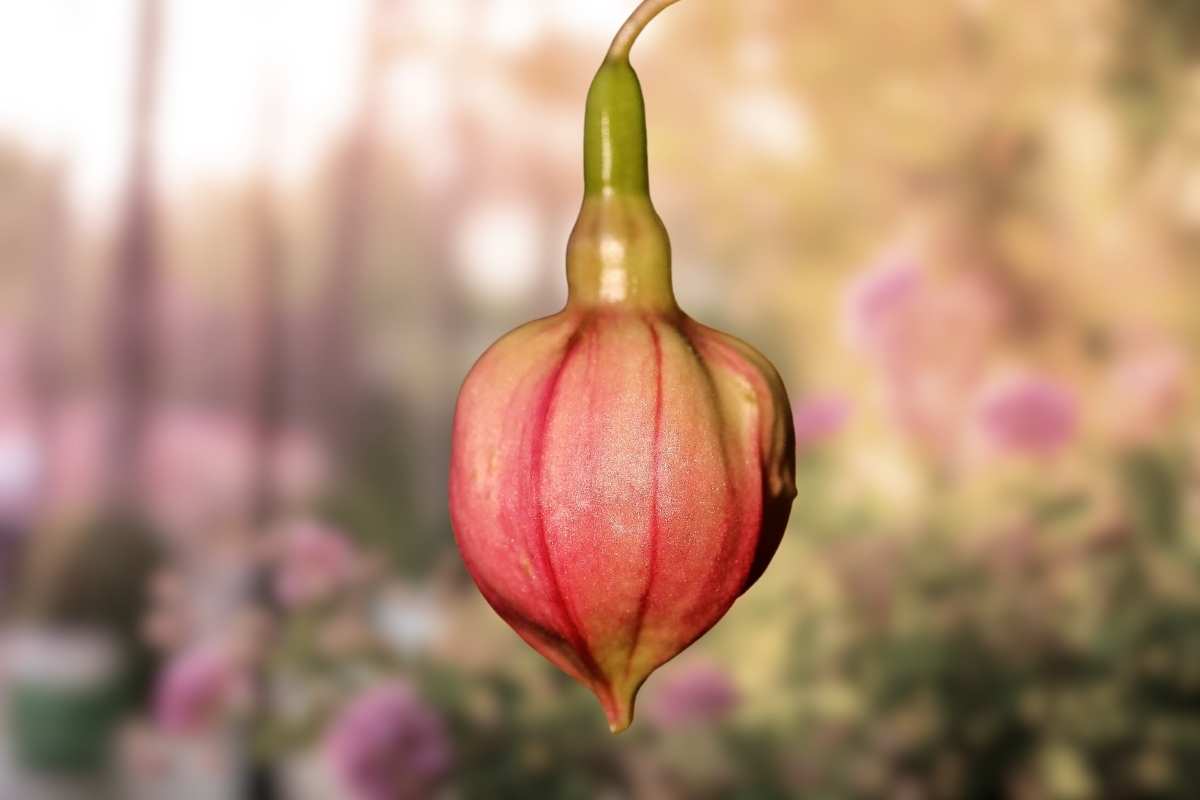
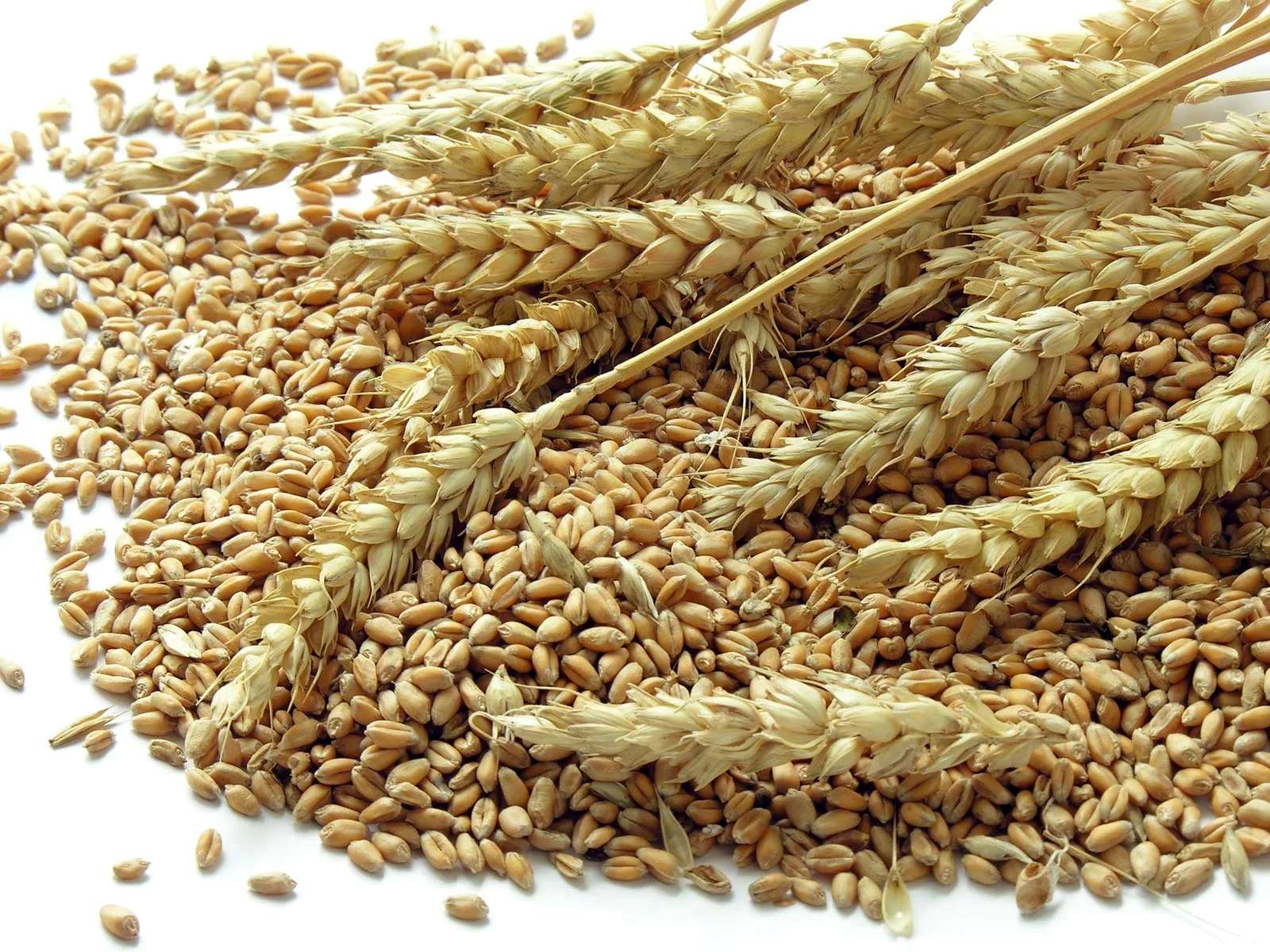

0 thoughts on “What Do Agave Seeds Look Like”